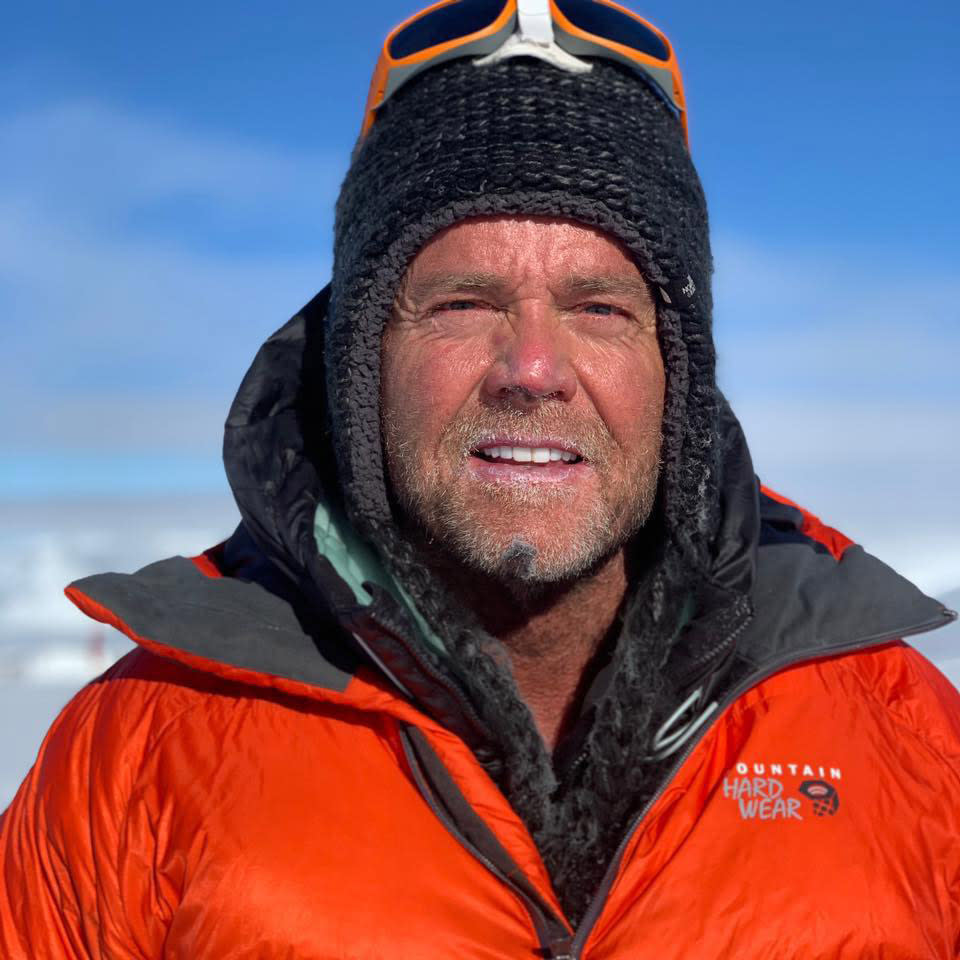Colorado Lawyer Becomes 11th Person to Die on Mount Everest in Less Than 2 Weeks

For the 11th time this spring season, Mount Everest has tragically claimed a climber’s life.
On Monday, Nepalese officials confirmed that Christopher John Kulish of Colorado had died while descending the 29,035-foot mountain, according to Reuters.
Mira Acharya, a Nepal tourism department official, told the outlet that Kulish was on his way down from the summit when he died suddenly at South Col, an area between Mount Everest and Mount Lhotse, where the final camp for climbers is located.
In a statement issued to CBS Denver, Kulish’s family said they were “heartbroken” over the loss of the Denver-based attorney who was also an “inveterate climber” that recently became a member of the Seven Summits Club.
“We are heartbroken at this news. Chris, who turned 62 in April, went up with a very small group in nearly ideal weather after the crowds of last week had cleared Everest,” his family wrote. “He saw his last sunrise from the highest peak on Earth. At that instant, he became a member of the ‘7Summit Club’ having scaled the highest peak on each continent.”
“An attorney in his ‘day job,’ he was an inveterate climber of peaks in Colorado, the West and the world over,” they continued. “He passed away doing what he loved, after returning to the next camp below the peak. He leaves his mother, Betty (‘Timmie’) Kulish, a younger sister, Claudia, and a younger brother, Mark.”

Though Kulish’s cause of death remains unclear at this time, some climbers and experts have suggested that a human traffic jam atop Mount Everest could be to blame for the particularly deadly climbing season on the world’s highest summit, reports The New York Times.
Climbers have had to wait hours in oxygen-depleted conditions to make the final push to the top. Some climbers coming down have pleaded with the crowd going up to make way because they had already run out of their supplemental oxygen, according to The Washington Post.
“It was scary,” Arizona physician Ed Dohring tells The Times of his experience amongst the crowds high atop the world. “It was like a zoo.”
CNN reports that poor weather this year has left hundreds of climbers with only several nice days to reach the mountain’s top, at 29,029 feet.

In just the last five days, three other climbers have perished.
British climber Robin Haynes Fisher, 44, passed away Saturday while at about 28,215 feet, according to The New York Times.
Fisher reportedly died from lack of oxygen on the “difficult descent” — an area that has become known as the “death zone”, Murari Sharma of the Everest Parivar Treks company that arranged his logistics, told Reuters.
“He died because of weakness after a long ascent and difficult descent,” Sharma said. “He was descending with his Sherpa guides from the summit when he suddenly fainted.”
In his final Instagram post, Fisher spoke to his altitude sickness warned of the potentially fatal overcrowding on the mountain.

“My cough had started to return at altitude so I couldn’t wait with them at altitude for the window to open without the risk of physically deteriorating too much,” he explained. “Furthermore as I had missed due to sickness the earlier camp 3 rotation best practice was for me to descend to allow my body to recover from the new altitude high so I could come back stronger.”
“This was not an easy decision as the 13 hours climbing from basecamp to camp 2 in a day was the hardest physical and mental challenge I had ever done, now I have it all to do again,” Fisher continued.
“I am hopeful to avoid the crowds on summit day and it seems like a number of teams are pushing to summit on the 21st,” Fisher added. “With a single route to the summit delays caused by overcrowding could prove fatal so I am hopeful my decision to go for the 25th will mean fewer people.”
A post shared by Robin (@1c0n0clast22) on May 19, 2019 at 1:15am PDT
Last Wednesday, Anjali Kulkarni, 55, of India, got stuck in the crowds and died on her down after reaching the summit, her son tells CNN.
That same day, American mountaineer Donald Lynn Cash, 55, of Sandy, Utah died after he fainted due to altitude sickness, a Nepalese expedition company said in a statement obtained by CNN.
The crowding at the top is also due to a combination of this year’s record number of permits the government of Nepal has issued, a large number of inexperienced climbers and just a few days of good climbing weather, reports The New York Times.
As experienced climber Nirmal Purja, who has summited Everest four times, tells The Post: “I’ve seen traffic, but not this crazy.”
With Kulish’s death, the fatalities in the mountain range have officially reached more than 20 in the spring season, officials confirmed to The Himalayan Times.
There have been 11 total deaths on Mount Everest, four on Mt. Makalu, three on Mt. Kanchenjunga, and one each on Mt. Lhotse, Mt. Annapurna and Mt. Cho Oyu.

